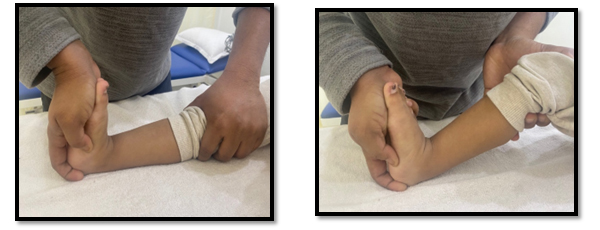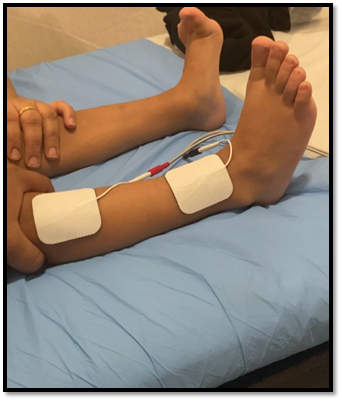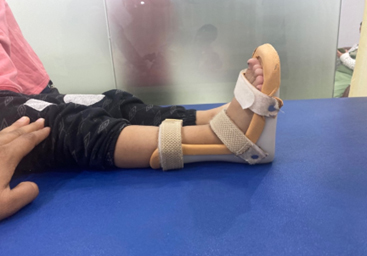
Toe walking is when kids walk on the forefoot, with their heels off the ground. It is common in toddlers as they learn to walk. Most children stop toe walking on their own by age 2. Toe walking is a gait abnormality characterized by an absence of normal heel contact (heel strike) by both feet during gait.
Tightness in the Achilles tendon causes toe walking. Achilles tendon connects the calf muscles to the heel. In some children who toe walk, this muscle-tendon junction may be shorter at birth, or may shorten over time, which prevents the child from touching their heels to the ground and walking flat-footed. Tibialis anterior muscle also become weak due to disuse. Tibialis anterior muscle helps in pulling the foot towards body.
The main and most noticeable symptom of toe walking is your child walks on their toes and balls of their feet. When asked to walk in a regular, flat-footed pattern, most young children can do so. But if your child continues to walk on their toes, you may also notice:
If left untreated, toe-walking can put your child at further risk for contractures (i.e., shortened muscles), foot deformities and balance issues. In severe cases, child may need surgical interventions if deformities or contractures are present. Fortunately, physical therapy interventions are often an effective way to treat this condition.
Physiotherapy can assist in achieving a heel-toe gait pattern. It may also correct any range of motion restrictions and muscle imbalances.


